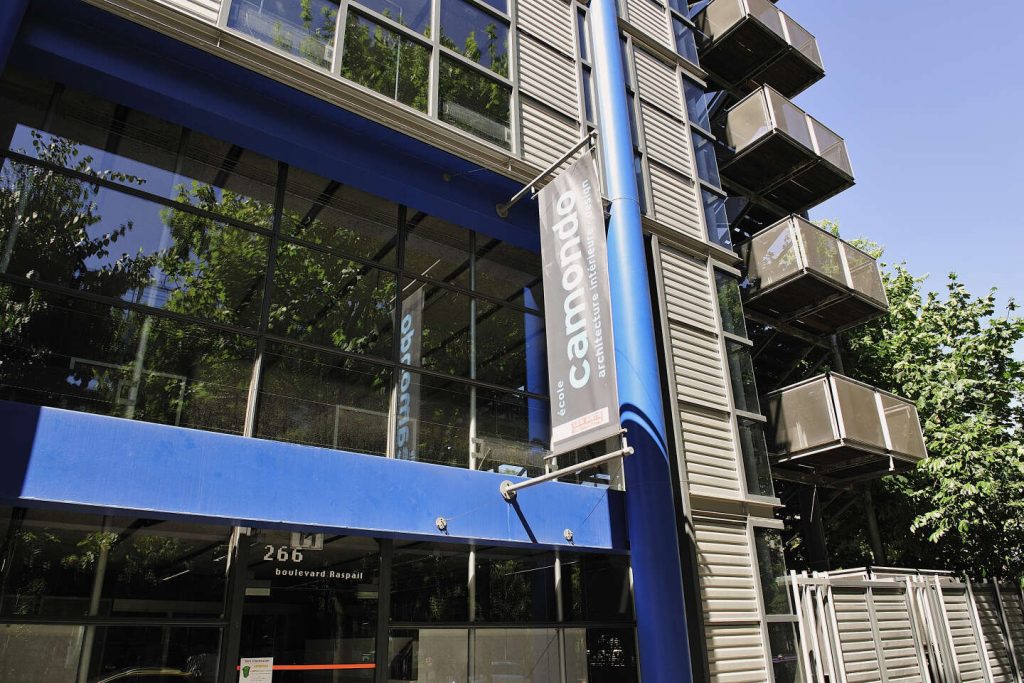The renowned design and interior architecture school, Ecole Camondo, located in Paris, has a long history of educating top professionals in the field, including Philippe Starck, Elisabeth Garouste, and Jean-Michel Wilmotte. Celebrating its 80th anniversary in 2024, the school has a unique connection to the Musée des arts décoratifs, as it is affiliated with the museum within a recognized public utility association. This affiliation allows the school’s 350 students privileged access to the museum’s collections and the opportunity to develop educational projects focused on museum design. However, as a result of this affiliation, the school lacks legal autonomy and its teachers, who are mostly architects and designers, are subject to the collective agreement of the Musée des arts décoratifs employees, which may not align entirely with the school’s higher education teaching activities.
Since February, a percentage of Ecole Camondo’s teachers, ranging from 20% to 40% according to different sources, have been on strike following a call from the CGT union. This strike has significantly disrupted the students’ education, leading to concerns from parents regarding the high number of lost teaching hours. The strikers are demanding a redefinition of the teaching contract based on a full-time employment framework that mirrors those in public higher education institutions. They argue that since Ecole Camondo’s diploma is recognized by the Ministry of Higher Education and grants a master’s degree, the school should adhere to the same standards as public universities.
Unlike public universities and schools, where teachers are required to work a certain number of hours per year, Ecole Camondo only pays for hours spent in front of students, without accounting for preparation and correction time. The strikers argue for a more comprehensive approach to teacher contracts that considers all aspects of teaching responsibilities. However, the UNSA delegate for the Arts Décoratifs association, which oversees Ecole Camondo, argues that the school’s uniqueness lies in its emphasis on professionals with recognized expertise in the field, rather than solely academic qualifications.
The debate surrounding Ecole Camondo highlights the broader issues facing private art and design schools in France. With increasing demands for parity with public institutions, such as in terms of contractual agreements for teachers, these schools are facing challenges in balancing their unique approaches with regulatory requirements. The outcome of the current strike at Ecole Camondo will likely have implications for the future of private design and art education in France, as stakeholders grapple with questions of autonomy, standards, and the evolving landscape of higher education in the arts.


